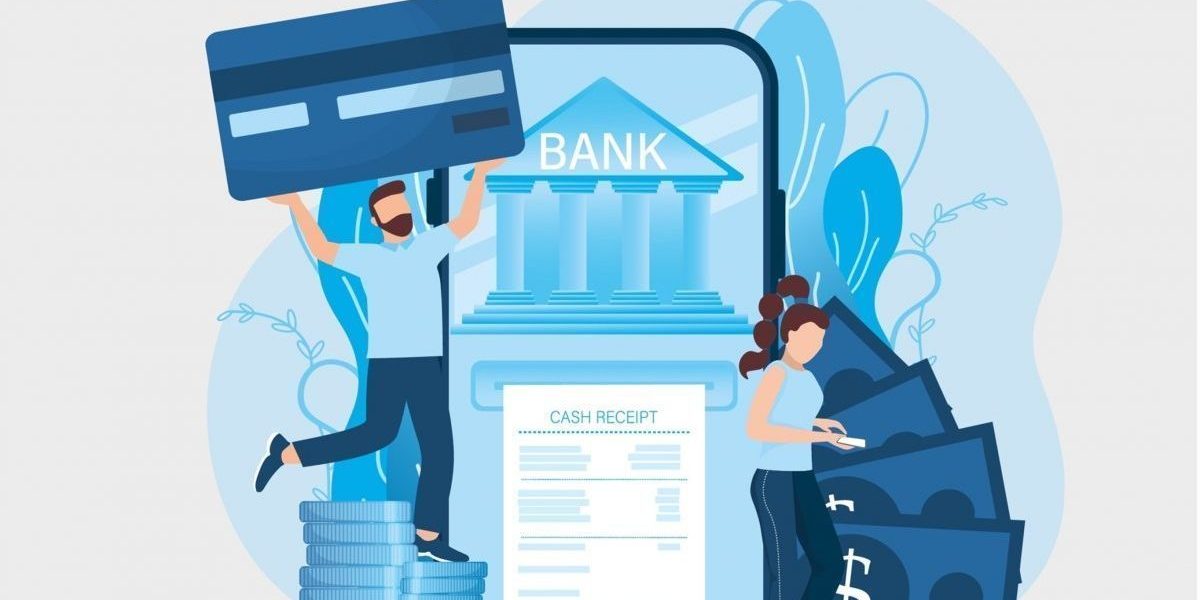New regulations, new technologies and new players are disrupting the world of payment on a global scale. These new players coming from tech, retail and other industries have chosen one angle to tackle the market by offering new frictionless experiences tailored to changing customer habits.
Eurogroup Consulting Italy and its international network, Nextcontinent, have analyzed the evolution in customer uses and value of payments around the world, by completing interviews and surveys with players in different countries, such as banks, neobanks, fintechs, retailers and telecommunication operators.
The objectives of the study:
- Identify the evolution of customer behavior in the selected countries and how it impacts the relationships between customers and financial institutions
- Define the major trends in customer experience (as an answer to the evolution of customer behavior)
- Identify the main sources of value in payments and the distribution of this value between traditional players (banks) and new players (fintech, retailers, etc.)
EVOLUTION IN CUSTOMER USES AND VALUE OF PAYMENTS AROUND THE WORLD
Payments are now transitioning from a traditional business model based on transaction fees to a new model based on new services and interactions with customers. This transition is impacting all countries at a different pace and could have various consequences depending on customer habits.
New players are entering the market proposing different customer experiences to capitalize on the evolution of habits. Thanks to our global approach, we identified two main approaches in terms of customer experience:
- The contextual model, triggered by strong regulation
- The integrated model, triggered by technology before regulation
When a country has weak financial inclusion, Fintechs and retailers propose new integrated solutions: with one app, you can pay anywhere, at any time, through different channels.
On the contrary, where regulation is strong, the value chain is restructured with banks positioned as key risk managers, and new players coming along to meet specific needs. Competition is thus fostered step by step in a market that was already powerful and quite consolidated.
With the COVID crisis, the usage of new means of payments has been accelerating, especially thanks to mobile payments and access to new services such as securities or crypto trading. While this acceleration generates new fraud risks, it displays the unforeseeable evolution of the payments market and its impact on the global economy.
Of the respondents, how many consider MOBILE PAYMENTS to be the fastest growing payment method?
of Uruguayan respondents
of Italian respondents
of Argentina respondents
of Spanish respondents
of French respondents
As traditional players in payment, banks tend to adopt a mixed position between keeping and developing their own business models (a “more of the same” strategy) and investing big in new technologies to address new regulations and market trends. But will it be enough? With the rise of blockchain and cryptocurrencies, will banks remain at the top of the financial services market?
The key to success relies on customers’ experiences and the relationships built with them. What’s sure is that a mobile, frictionless, instant and safe payment is leading to higher value than a simple transaction in a world where payment becomes a feeling more than a trade.
What are the most important factors that influence customer use?
of Italian respondents consider MOBILITY
of Brazilian respondents consider PRICING
of Spanish respondents consider FRICTIONLESS
For further information, please contact:
Fabio PIERANTOZZI
f.piarantozzi@eurogroupconsulting.it
Laura SCIACCHITANO


